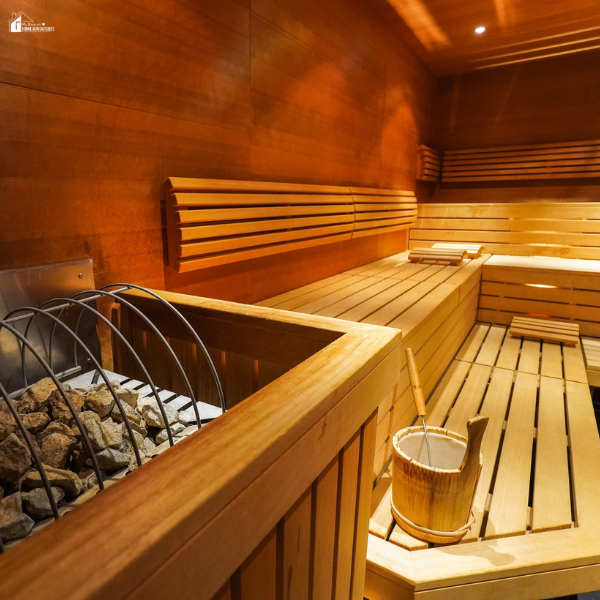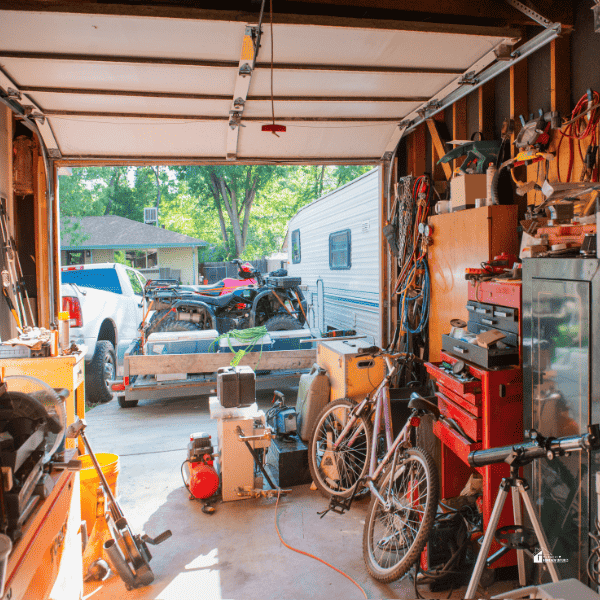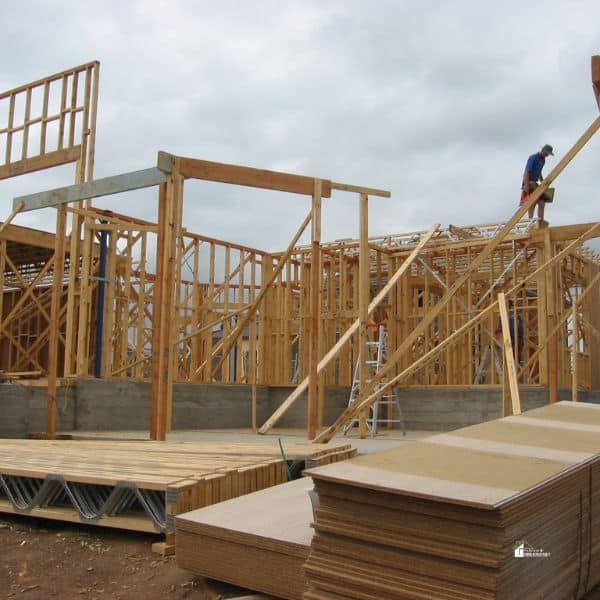Is Your Apartment Too Noisy? Here’s What You Can Do About It
This post may contain affiliate links which might earn us money. Please read my Disclosure and Privacy policies hereLiving With Constant Noise Is Not Something You Have To Accept
When we first moved into our apartment, I expected the usual sounds—people walking in the hallway, maybe the occasional dog barking. But I wasn't prepared for the full-blown soundtrack that seemed to come with the walls.
I could hear our neighbors' conversations like they were sitting in the room with us. On some mornings, it was construction outside. On others, it was upstairs furniture dragging across the floor like a parade of elephants.
At first, I thought this was just part of apartment life. We turned the TV a little louder, tried to ignore the sounds, and continued with our day. But over time, the constant noise started wearing on us.

It interrupted sleep, made the kids cranky, and made me tense in my home. That's when I started looking for real solutions, not just earplugs.
Sound level testing was one of the most useful tools I discovered early on. It gave us a clear, objective look at the noise levels we were dealing with. Using a free decibel meter app, I tracked readings throughout the day.
Some rooms spiked above 60 dB during early mornings and late nights—way above the recommended levels for healthy living spaces.
This data helped me explain the issue more clearly to our landlord and prioritize the noisiest problem spots in our apartment. It also made me feel more in control. I wasn't just imagining the noise—I could prove it.
Understanding Different Types of Noise Problems
Every noise has a source, and not all sound travels the same way. Understanding what kind of noise you're dealing with can help you choose the right fix. Let's break it down.
Impact Noise From Above
This is the thudding, banging, and dragging you hear when your upstairs neighbor moves furniture, wears hard shoes, or lets their kids play with building blocks on hardwood floors. It's called “impact noise” because it comes from physical contact with the floor.
Unfortunately, most buildings aren't designed with this in mind. Sound travels through the structure itself—floorboards, beams, and even the walls. If your ceiling isn't insulated properly, there's little to stop that noise from reaching your ears.
Airborne Noise Through Walls
This noise comes straight through the walls—voices, music, the whir of a blender. It travels through the air and into shared wall spaces. Some walls have better sound isolation than others, but in many apartments, especially older ones, there's little more than drywall between units.
That's why you can hear your neighbor's microwave or their favorite sitcom at full volume, even if you're sitting on your own couch trying to read.
External Noise Sources
Then there's the noise that comes from outside—traffic, garbage trucks, sirens, people yelling on the sidewalk, or construction starting at 7 a.m. Windows are usually weak, especially if your apartment has older frames or single-pane glass.
Even the weather can add to the soundtrack. A strong wind or heavy rain can rattle windows and echo through the apartment, especially ifthe insulation is poor.
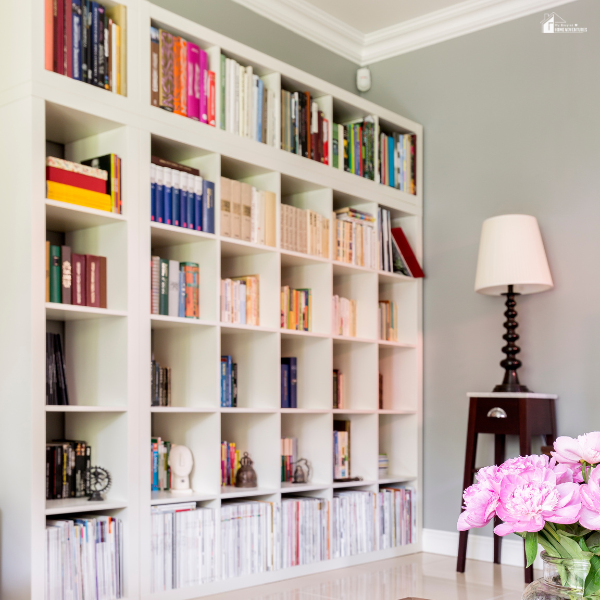
Budget-Friendly DIY Solutions Anyone Can Implement
You don't need a major renovation to make your apartment quieter. Many solutions are budget-friendly and totally renter-approved. Here are some changes we tried that actually made a difference.
Strategic Furniture Placement
Think of your furniture not just as decoration, but as sound defense. We moved a tall bookshelf to the wall we shared with our loudest neighbor. It instantly cut down on how much of their TV we could hear. Beds moved away from shared walls helped everyone sleep better.
Storage cabinets and full-height dressers created buffer zones that absorbed sound instead of letting it travel through. It's a simple shift that costs nothing and pays off daily.
Soft Surfaces That Absorb Sound
Hard surfaces bounce sound. Soft surfaces soak it up. Adding thick rugs or carpet runners over hardwood or tile helped quiet the space dramatically. We also hung some large fabric wall hangings—stylish and functional.
Even our choice of curtains made a difference. Heavier blackout curtains near windows not only helped block outside light but also muffled street noise, too. Throw pillows, upholstered furniture, and even a large canvas print helped soften the echo in open rooms.
Sealing Gaps and Leaks
Sound can sneak in through the smallest gaps. We added weatherstripping to our front door and used a simple door sweep to block sound and air from coming in under it.
Window insulation kits made a real difference during the winter and helped with outside noise, too. I was surprised by how much sound came through the electrical outlets and switch plates.
A few foam gasket inserts fixed that. We used temporary covers made from foam board and painter's tape for air vents. It is not beautiful, but it is incredibly effective and easy to remove if needed.
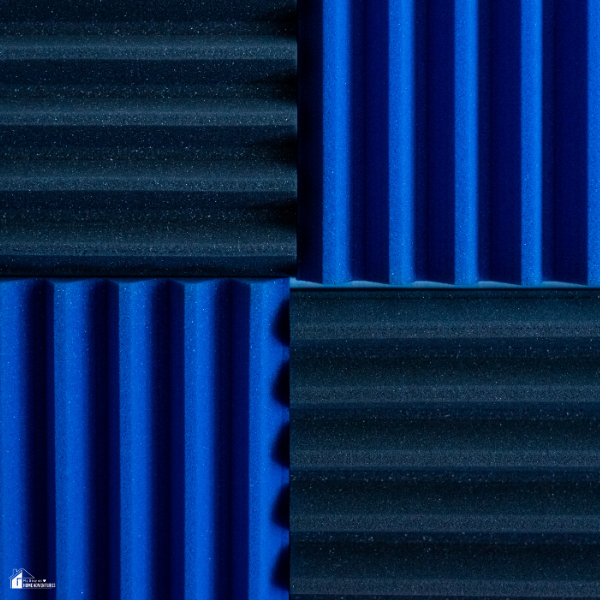
When To Consider Professional Soundproofing Services
Sometimes, the noise still gets in no matter how many rugs you lay down or bookshelves you rearrange. That's when it might be time to call in the pros.
What Professional Assessment Offers
Hiring a soundproofing expert doesn't mean you're committing to construction or breaking the bank. Many offer consultations specifically for renters and budget-conscious families.
These professionals can perform a full acoustic assessment of your space, identifying exactly how and where sound enters your apartment.
They'll look at walls, ceilings, windows, vents—even floor construction—and provide specific, tailored recommendations. What's great is that they often come with creative, non-invasive solutions that fit lease agreements and won't damage your security deposit.
Renter-Friendly Professional Solutions
If you're worried that professional work means tearing into drywall, don't be. Many soundproofing options are now available for renters. Temporary acoustic panels can be mounted with removable adhesive.
Floating floor tiles can go right over your existing floors without a single nail. Window inserts snap into place and remove easily when you move. Even ceiling panels can be installed with tension rods or light adhesive, giving you more peace without altering the structure.
These options are designed to reduce noise and stress, without adding renovation headaches.
Cost-Benefit Analysis of Professional Help
It seems like a big step, but when DIY doesn't cut it, the right investment in soundproofing can save money in the long run. Consider the cost of broken sleep, constant stress, or even moving to a quieter (and more expensive) place.
For us, paying for just one window insert in the bedroom made a huge difference in our sleep quality. That one purchase made the apartment feel more livable, and it was a lot cheaper than breaking our lease early.
Some landlords may even be willing to help with costs if you can show them a reasonable plan and sound level data.

How Noise Affects Your Family's Health
We often don't connect noise with health, but the truth is, it impacts us more than we realize—especially for kids and parents who have to juggle a lot every day.
Sleep Disruption Consequences
One of the first things we noticed was how noise disrupted sleep. Our kids would wake up tired, cranky, and unfocused. My partner and I started snapping at each other more often. The link? Interrupted rest.
Studies show that ongoing noise, especially during sleep, can affect a child's development, attention, and emotional regulation. For adults, poor sleep increases the risk of anxiety, heart issues, and a weakened immune system.
Once we prioritized soundproofing our bedrooms, the change in energy and mood was almost instant.
Hidden Stress From Constant Noise
Even when you “get used to” noise, your body doesn't. Background sound triggers the stress hormone cortisol. Over time, that can raise blood pressure, mess with digestion, and leave you feeling worn out.
Constant sound filtering—your brain trying to tune out voices, sirens, or buzzing—causes mental fatigue. And for kids, this can interfere with learning, focus, and behavior. Background noise might be the silent culprit if you've ever felt irritable without knowing why.
Finding Joy in Your Imperfect But Quieter Home
Let's be real: no apartment will ever be completely silent. But it doesn't have to be overwhelming. With a mix of smart DIY fixes and renter-friendly solutions, you can create a peaceful, cozy, and truly yours space.
After trying different strategies, our family found small pockets of quiet throughout the day that improved everything—story time, morning coffee, even folding laundry. It was no longer about total silence. It was about feeling like our home belonged to us again.
Don't wait until the noise drives you over the edge. Start small. Move a piece of furniture. Download a decibel meter app. Try a new curtain or door sweep. These steps may seem simple, but they add up. The result? A home that feels calmer, safer, and more joyful for you and your family—even on a budget.



